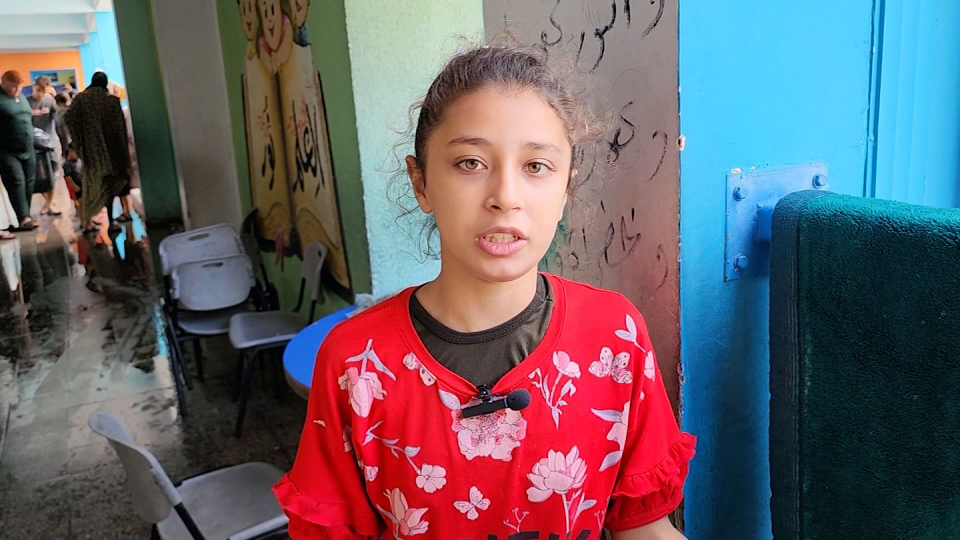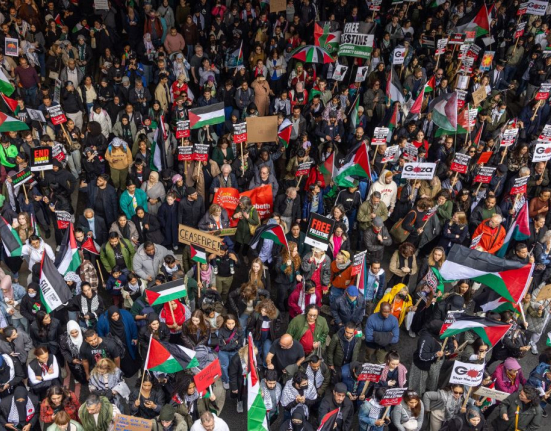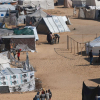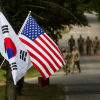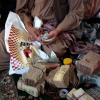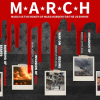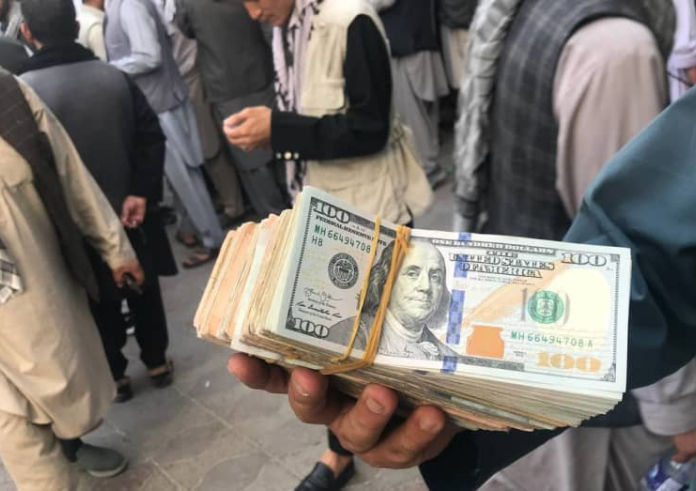The conflict in Gaza has now passed the 20-week mark. Since October, unrelenting war has squeezed people farther and farther south, pushing them to Rafah, the final stretch of Gazan territory before the Egyptian border.
In just the past six weeks, the population of Rafah has increased from less than 300,000 people to 1.4 million as desperate families, including many young children, seek refuge from horrific violence in other parts of the territory.
Gazans sheltering in Rafah now face the terrifying reality that large-scale military operations could be imminent in the very area where they have fled for refuge. They cannot be pushed farther, however, and there is no safe place to go in the north.
Occupying an area of just 25 square miles on the border with Egypt, Rafah now has twice the population density of New York City and more than four times that of Washington, DC. But unlike either of those American cities, people in Rafah are not living in high-rises or townhomes. They are sheltering together in crammed hospitals and schools. More than 610,000 children are trapped there, making up about half of the displaced population.
Gazans struggling to survive in Rafah are enduring unimaginable conditions, including prolonged exposure to cold and wet winter weather, sheltering side-by-side in the streets, under tents and tarpaulins — anywhere they can find space.
Now this small section of Gaza, which already has experienced an abundance of suffering, faces the prospect of additional hardship and heartache. In recent weeks, headlines have been filled with news of a possibly imminent offensive.
Given the sheer population density and lack of safe spaces in Rafah, any significant military escalation — especially the use of explosive weapons that can have indiscriminate consequences — would be catastrophic for the civilian population trapped there, including its most vulnerable inhabitants.
We have already seen this play out in other parts of Gaza, with children and women estimated to make up a shocking 70% of the more than 29,000 people reported to have been killed over the last four months.
A major attack on Rafah would add considerably to Gaza’s already grim toll of deaths and injuries. Thousands more would likely die in the violence or from the lack of essential services, and further disruption of humanitarian assistance to a civilian population that is extremely vulnerable. An attack would also accelerate the ongoing breakdown in law and order.
The staff of UNICEF on the ground has borne witness to some of the cruel horrors of this war. Parties to the conflict have blatantly committed grave violations against children – including killing, maiming, kidnappings, attacks on schools and hospitals and the denial of humanitarian access.
Injured children are reporting to the few remaining functional hospitals with severe burns, injuries that require amputation, open wounds and other serious traumas.
Rafah is home to some of Gaza’s last remaining hospitals, shelters, markets and water systems — all of which are essential for children’s health and well-being. Without these resources, the incidence of hunger and disease will increase dramatically, costing more children their lives.
Even now, we estimate that at least 90% of Gaza’s children under the age of five are affected by one or more infectious diseases, and that 70% have had diarrhea in the past two weeks — a 23-fold increase compared with the 2022 baseline.
There are reportedly plans to evacuate civilians in Rafah ahead of a major military offensive. But where can they go? Much of Gaza has been reduced to rubble. Civilians cannot be forcibly displaced farther south. And they cannot, as some have suggested, reasonably move to Al-Mawasi, a Palestinian town on the southern coast of Gaza, because it is just a narrow strip of beach that lacks basic infrastructure including sufficient toilets and running water needed to sustain the population.
Most of the children in Rafah have already been displaced multiple times by the fighting in Gaza, in direct contravention of international law. We know that as the war enters its 20th week many are injured, sick and malnourished and will struggle to find the wherewithal to move yet again. We estimate that at least 17,000 children in Gaza are now unaccompanied or have become separated from their families, a number that would surely increase in the event of further population displacement.
It is imperative to refrain from further military escalation in and around Rafah and to ensure that all hostages still inside Gaza are urgently and safely released. If the parties do not heed this call, they will be responsible for the deaths of many more children, in addition to the thousands who have already perished.
Parties to the conflict should urgently implement a permanent humanitarian ceasefire so that our group and other humanitarian agencies can help to roll out the massive, multi-agency operation that is so desperately needed. I strongly urge the authorities to allow more aid trucks through border checks, to lift restrictions on the movement of humanitarian workers, and to guarantee safety for people accessing and distributing aid.
The destruction of Gaza and killing of civilians will not bring peace or safety to the region. That can only be achieved with a negotiated political solution, one that prioritizes the rights and well-being of this and future generations of Israeli and Palestinian children.

